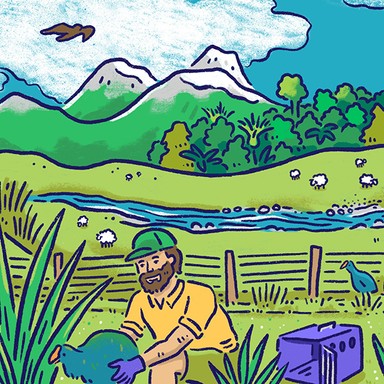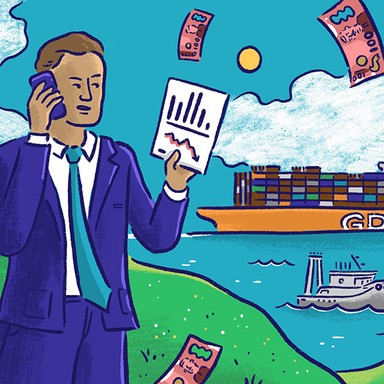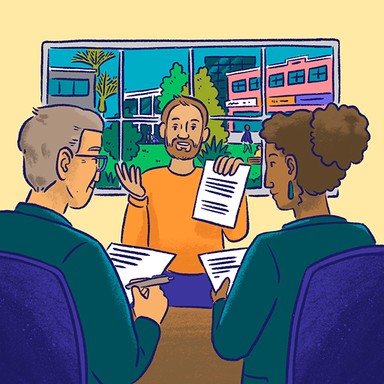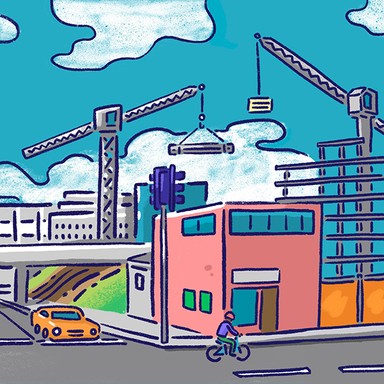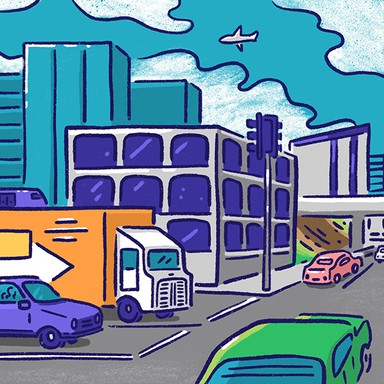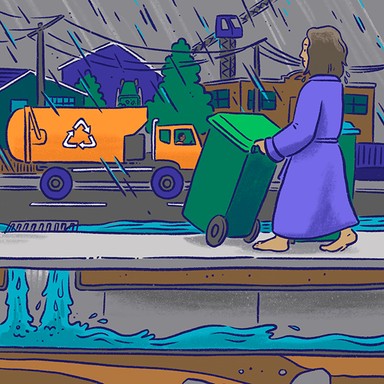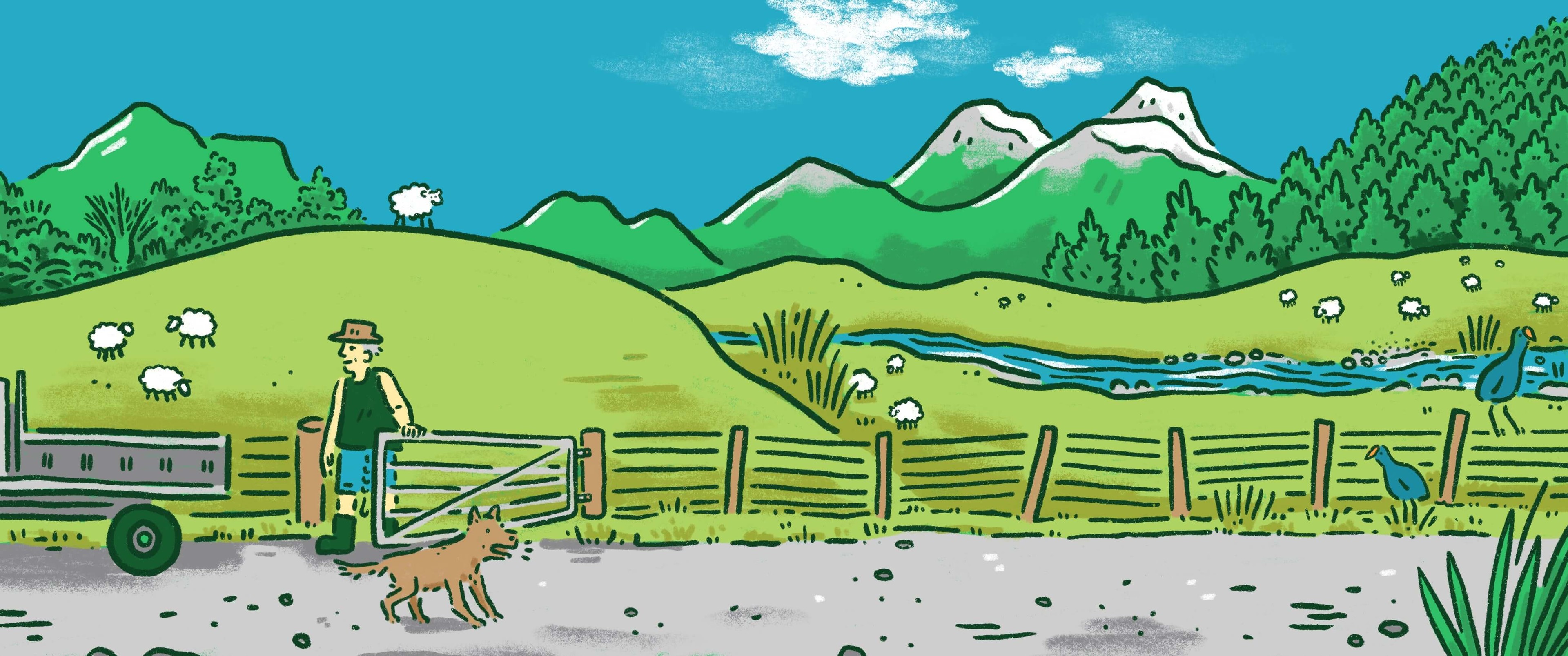
Greater Wellington Regional Council
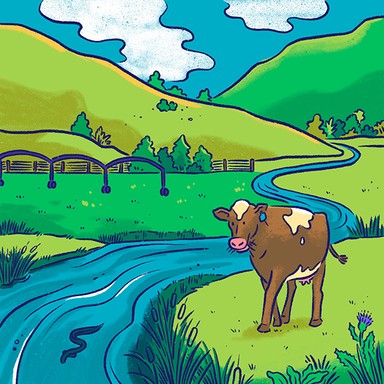
Freshwater
The worsening state of New Zealand’s lakes and rivers is a major challenge for regional councils, which play a leading role in managing freshwater in their areas. To this end, regional councils create plans to protect water resources from contaminants and overuse.

Freshwater
The worsening state of New Zealand’s lakes and rivers is a major challenge for regional councils, which play a leading role in managing freshwater in their areas. To this end, regional councils create plans to protect water resources from contaminants and overuse.
Ensure council commits to more riparian forest buffers adjacent to streams, lakes, and wetlands which slows the flow of storm water runoff.
Plan annual dredging of sediment, gravel, etc. from rivers and streams to increase capacity and lower water levels of ditches and smaller rivers.
Employ an inspector to monitor areas for stock exclusion fencing or vegetation barriers along rivers and waterways and riparian buffers.
Accelerate the implementation of the recommendations of the Te Awarua-o-Porirua Whaitua committee and help restore the mauri of the harbour.
Buffer steams and rivers from pollutants from road carriages by creating/planting swales or planting bands of low growing indigenous plants.
Determine sources of industrial pollution of our waters and harbour and work with polluters, enforcing prevention measures when necessary.
All rivers should be swimmable and 2025 is a realistic goal. This will require co-ordination and cooperation with our local councils.
Continue the policy where GW coordinates water quality sampling at over 80 freshwater and coastal sites in the region during the summer.
I believe in a punitive approach to water polluters. Run off from forestry, urban development, and farming is not acceptable.
Ensure council commits to more riparian forest buffers adjacent to streams, lakes, and wetlands which slows the flow of storm water runoff.
Plan annual dredging of sediment, gravel, etc. from rivers and streams to increase capacity and lower water levels of ditches and smaller rivers.
Employ an inspector to monitor areas for stock exclusion fencing or vegetation barriers along rivers and waterways and riparian buffers.
Accelerate the implementation of the recommendations of the Te Awarua-o-Porirua Whaitua committee and help restore the mauri of the harbour.
Buffer steams and rivers from pollutants from road carriages by creating/planting swales or planting bands of low growing indigenous plants.
Determine sources of industrial pollution of our waters and harbour and work with polluters, enforcing prevention measures when necessary.
All rivers should be swimmable and 2025 is a realistic goal. This will require co-ordination and cooperation with our local councils.
Continue the policy where GW coordinates water quality sampling at over 80 freshwater and coastal sites in the region during the summer.
I believe in a punitive approach to water polluters. Run off from forestry, urban development, and farming is not acceptable.
Mayor
Compare the mayoral candidates in your area
Local council
Compare the candidates for your city or district council
Regional council
Compare the candidates for your regional council
Local board
Compare the candidates for your local or community board

